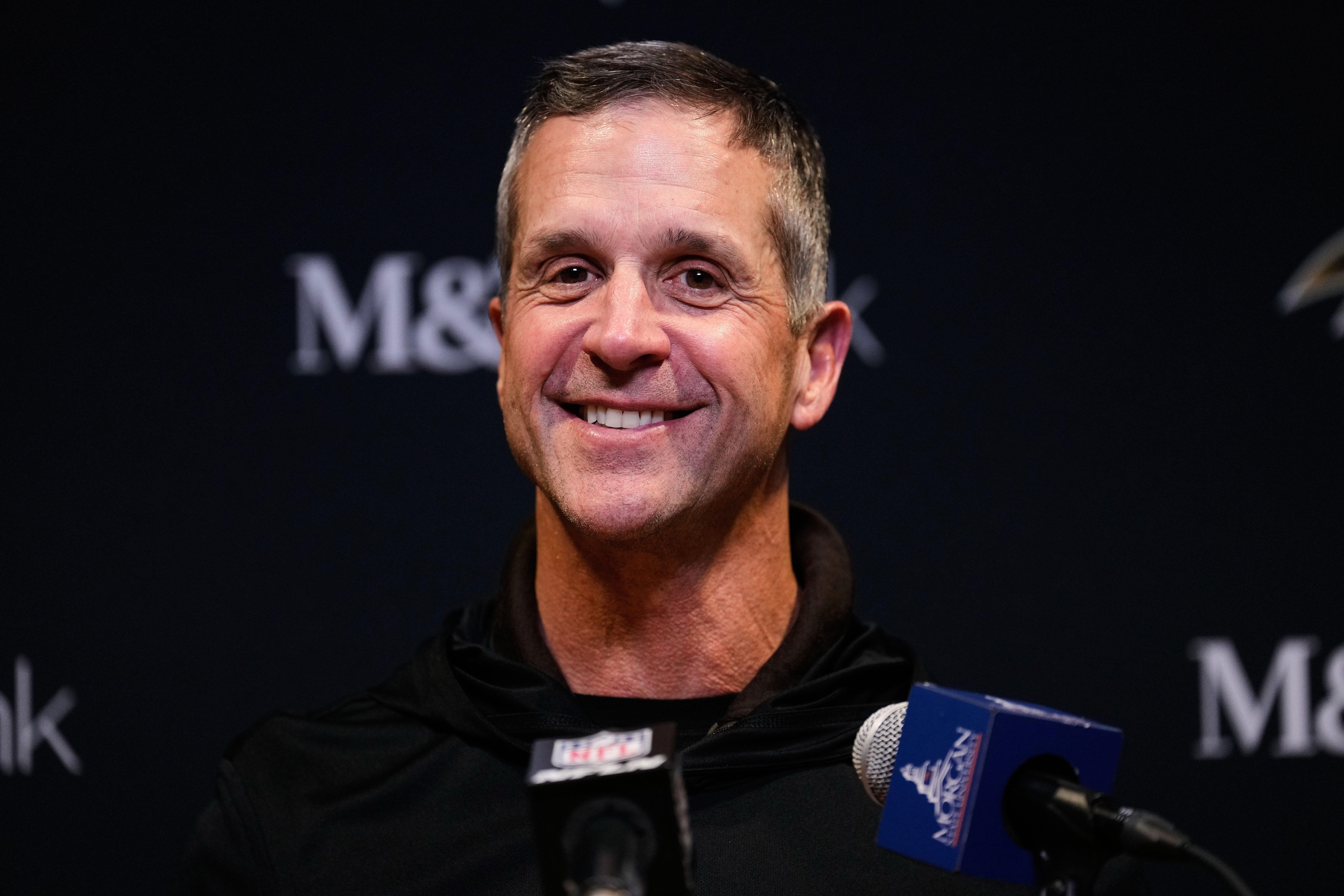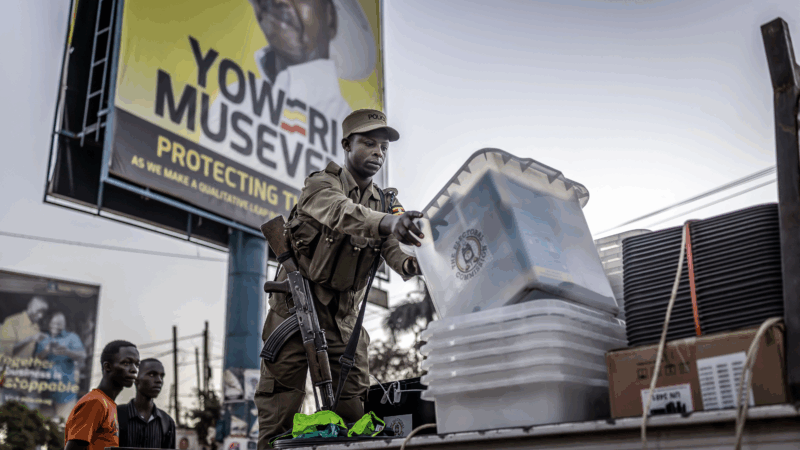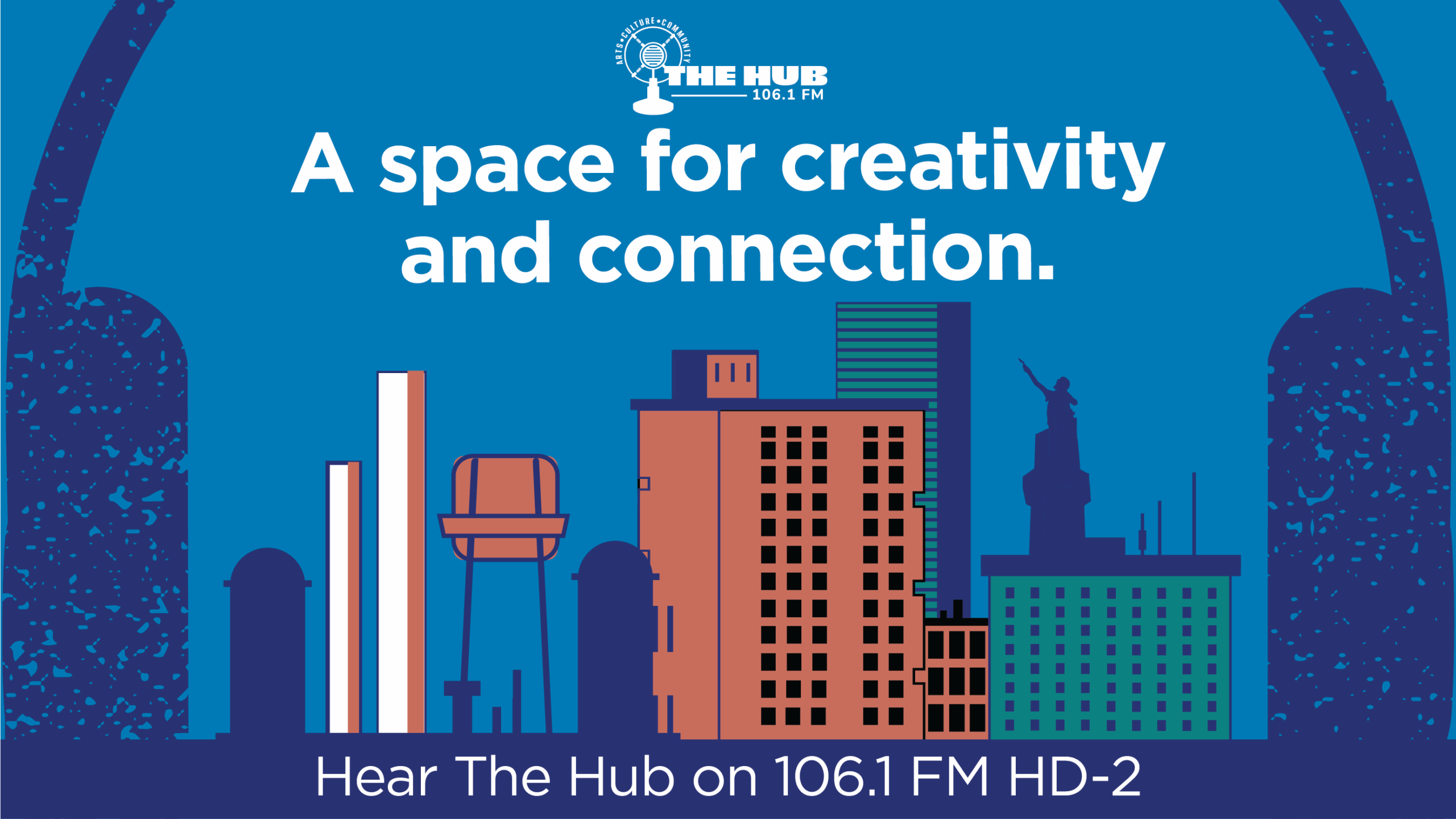From Foster Care To College: A Little Help Bettering The Odds
 Birmingham– Whether it’s summer, spring, or fall term, some young people have trouble adjusting to campus life. College students coming from foster care face extra hurdles: 70 percent want to get a degree, but roughly three percent graduate by age 25. For the third and final part of the Southern Education Desk series “From Foster Care To College: Extra Help For Extra Hurdles,” WBHM’s Dan Carsen recently went to the University of Alabama in Tuscaloosa to learn about a new program that’s trying to better the odds:
Birmingham– Whether it’s summer, spring, or fall term, some young people have trouble adjusting to campus life. College students coming from foster care face extra hurdles: 70 percent want to get a degree, but roughly three percent graduate by age 25. For the third and final part of the Southern Education Desk series “From Foster Care To College: Extra Help For Extra Hurdles,” WBHM’s Dan Carsen recently went to the University of Alabama in Tuscaloosa to learn about a new program that’s trying to better the odds:
To understand this story, you have to understand something that happened in 2010.
It’s fall. Students arrive on campus in SUVs driven by family who help unload furniture and other things they’ll need for their
new lives. But one young man, who came from a foster home and had not been to orientation, shows up
holding nothing but his admissions letter.
Clearly he wasn’t getting the information or support many college students take for granted.
Administrators assumed that if there was one student like him, there were more. Out of that grew the
Alabama REACH program, founded last summer.
Senior Kenyetta Windmon-Smith says it’s been a blessing in her final year of college. She takes a break from studying for finals in the student
center to talk.
“I’ve been in foster care since age one,” she says. “My mom was twelve when she had me. I
struggled from all the emotional stuff that was going on around me. I became withdrawn and
depressed.”
Senior Maurice Foster was placed with a foster family in third grade when his father, a Vietnam vet
with post-traumatic stress disorder and drug problems, could no longer manage. In tenth grade, Maurice and his two brothers
had to move into a group home because of their behavior.
“My sister was somewhere else, which really was a problem for us, ’cause we couldn’t talk to
her or anything like that,” he recalls. “I guess we got … I guess you would define us as ‘problem children’ — so we got
kicked out.”

The hurdles these students face on campus may seem small compared to what they’ve already
overcome, but they’re not insignificant. Some don’t have a home to return to during holiday breaks.
Some face a stigma and lowered expectations.
Says Windmon-Smith, “I don’t like people to do for me unless they really want to do it out of their heart. I
don’t want nobody feeling sorry for me. ‘Cause we get a lot of, ‘You don’t look adopted. You don’t look [like you’re]
in foster care.’ People treat you certain kinda’ ways… Just being here is something no one else in my
family has done.”
But she isn’t alone: she’s got Alabama REACH. The goal is to support foster students
through graduation. Funded by the university, grants, and donations, it serves about 25 students, and
there are plans to expand. Among other things, the program gets the students together. Maurice Foster appreciates the difference between his first few years of college and the last year, when he had
Alabama REACH:
“I got the opportunity to see a lot of kids who’ve come from the same background as me,
and I think that camaraderie is the biggest thing that I’ve gained from the program.”
Alabama REACH also sets students up with mentors, tutors, counselors and something research says is
vital in helping foster kids get through college: information on financial aid. It also provides “little”
things — a food pantry, gas cards, and help for common situations like what Windmon-Smith faced:
“The first couple years here I didn’t get all my books because I couldn’t afford to
buy all my books. So just by getting a little extra help, now I can get the books. And anything like
bedding, coats — winter coats were a big deal. Someone donated us an awesome coat, a big heavy-duty
coat for the winter … little things that most people would take for granted.”
The program has a student-directed community service component, too. So far, they’ve volunteered for
Habitat for Humanity and a senior center. But the students often want to “give back” beyond that. Freshman Michaela Sanderson was eleven when she saw her mom shoot herself; now she wants to be a
social worker.
“My heart was really set on working with addicts. That’s run in my family a lot,” she says. “But I’ve
known that I just wanted to help people and pursue a career in that.”
The program has three pillars: “reach back,” encouraging future college students; “reach up,”
supporting current college students; and “reach out,” making connections with the larger community.
Judging by the students in this story, all three of whom who aced their finals, it appears to be an
effective combination.
New York Giants hire John Harbaugh as coach after identifying him as their top choice
Harbaugh joins the Giants 11 days after he was fired by the Baltimore Ravens. The Super Bowl champion is now tasked with turning around a beleaguered franchise.
US launches new retaliatory strike in Syria, killing leader tied to deadly Islamic State ambush
A third round of retaliatory strikes by the U.S. in Syria has resulted in the death of an Al-Qaeda-affiliated leader, said U.S. Central Command.
NASA rolls out Artemis II craft ahead of crewed lunar orbit
Mission Artemis plans to send Americans to the moon for the first time since the Nixon administration.
Trump says 8 EU countries to be charged 10% tariff for opposing US control of Greenland
In a post on social media, Trump said a 10% tariff will take effect on Feb. 1, and will climb to 25% on June 1 if a deal is not in place for the United States to purchase Greenland.
‘Not for sale’: massive protest in Copenhagen against Trump’s desire to acquire Greenland
Thousands of people rallied in Copenhagen to push back on President Trump's rhetoric that the U.S. should acquire Greenland.
Uganda’s longtime leader declared winner in disputed vote
Museveni claims victory in Uganda's contested election as opposition leader Bobi Wine goes into hiding amid chaos, violence and accusations of fraud.





